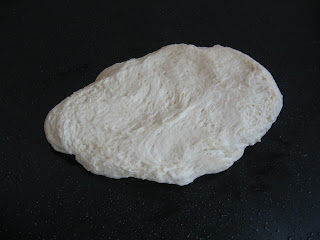The end of the semester is here. After a nice spring break trip to NYU for some research, I jumped back into teaching with a renewed vigor. Then everything quickly boiled over when a new, time-sensitive project arrived at my desk, deadlines became all too close for several grants and projects, not to mention the fact that I am still teaching for three weeks and have a conference to attend next week. I have to constantly remind myself that it will all be over by May 1st. I was having a chat with a colleague earlier today who reminded me that it is only us dim-witted academics that spend their entire year prepping for a 15 minute talk sometime in April.
Perhaps this helps to explain why I have not posted much lately. The eating around the house has been more "survival mode" lately. I am looking forward to getting back into the swing of things later this month. Radishes, tomatoes, peppers, and herbs are sprouting and the Farmer's Markets will be running soon!
This thought process has evolved from a link I would like to share with you. Over at Last Night's Dinner (one of my all time favorite blogs), there is a new post that tells how POV will be airing Food, Inc. on PBS on April 21! If you have not had a chance to see this film, I highly recommend it. I have never been one for New Year's resolutions, or resolutions of any sort for that matter. When the weather takes a turn for the better however, I feel inspired to renew my effort to take better care of myself and those around me. Choosing to eat as locally and sustainably as possible is one way that works for me, and after this rough month it might be just what I need to get back in business.
Here's to living well.
Bourbon-Ginger Pecan Pie
6 months ago






















.JPG)
.JPG)
.JPG)








